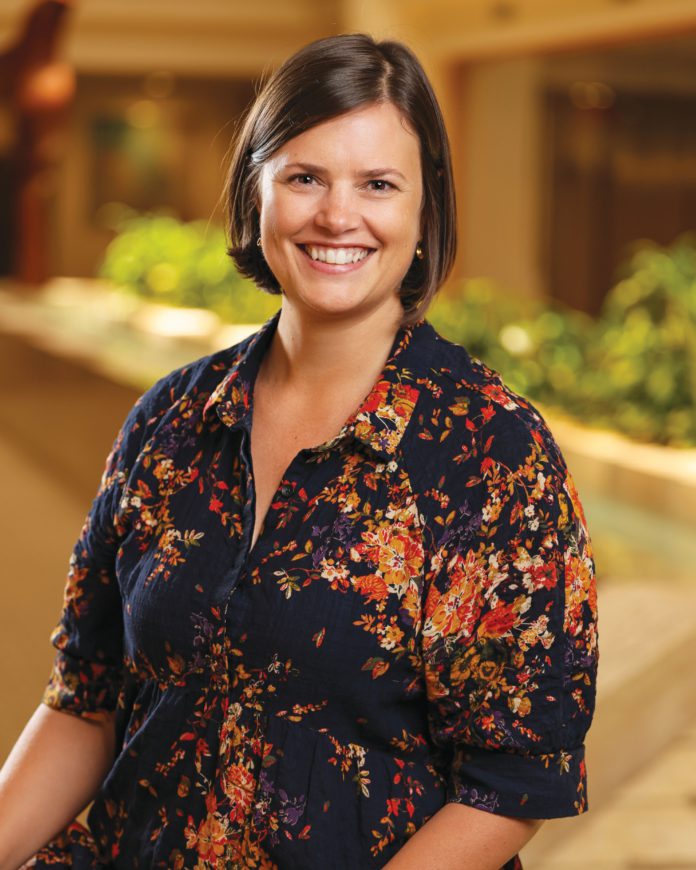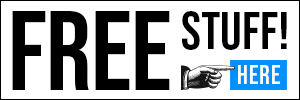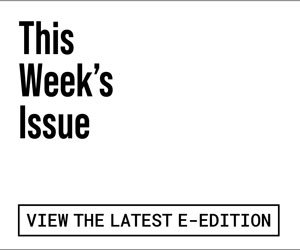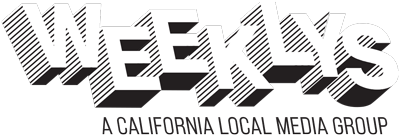Notice a pattern. Most every town and county in the North Bay has an “arts council”—a nonprofit art agency-advocate. These plucky nonprofits are typically represented by
a downtown office and arts-space displaying local art.
Also typically, they are woefully underfunded for their mission—in the pattern of nonprofits. When, 10-plus years ago, Sonoma’s struggling all-county arts council finally heaved up and broke apart, local arts activists took the problem before their board of supervisors. This put in train a creative solution: Make their county’s “art council” part of government.
Thus begat “Creative Sonoma.” The new all-county “arts-council” would have closer relations with the granters of government largesse and a guaranteed budget of $1 million annually. The downside—bureaucracy.
We are now 10 years into this experiment. To learn more about Creative Sonoma, I solicited an interview with artist Tara Thomson, who is settling into her second year as the director of its staff of three government employees. In our conversation I found her highly competent, transparent and circumspect.
Cincinnatus Hibbard: Tara, on your Creative Sonoma website, your general strategy is laid out as [more] public art, [more] early arts education, [more] professional development for artists, and [more] money for public artists and arts organizations in the form of grants. Key to all this is your definition of “good” public art—as that would be the art that wins your grants.
Tara Thomson: I would not say that public art is “good” or “bad,” but more or less meaningful to a community. The key word in public art is public. It is meant for the community to experience and enjoy. In my opinion, the community should be involved in the generation of the idea, its type, its location and the section of the artist.
I think what a lot of people think of when they think of government public art is that the government is deciding what art goes where and just puts it there. Community involvement creates ownership of public art. It creates identification, mutual understanding and social cohesion. And I think that’s what’s needed here. And not necessarily a sculpture or a mural. What the community might need is a pop-up event or a series of musical performances in their public spaces.
For examples of this definition, I see in your pipeline that the supervisors have tasked you with a Tubbs Fire Memorial. Also that supervisor (Lynda) Hopkins has allocated for your direction public art grants for public art in unincorporated West Sonoma County this summer. Tara, I don’t know that Creative Sonoma is a household name yet—even in the arts community. But probably you are best known for your money grants to local artists.
Yes. We have just announced the recipients of our 2025 arts impact grants. This is 4K for art or general operating expenses for each of 45 artists and art—or cultural organizations.
CH: Tara, you told me that in your short tenure you have worked to better realize the potential of being a part of government and its resources. What are you currently working on in this vein?
TT: I am working on a new public art plan to put art in all local government buildings.
Another effort to approach other county agencies—such as parks or HR—to involve
local artists in their efforts to fulfill their own missions. Artists have a way of synthesizing information and communicating with people that typical government outreach lacks.
Learn more. linktr.ee/creativesonomaLINKS.











